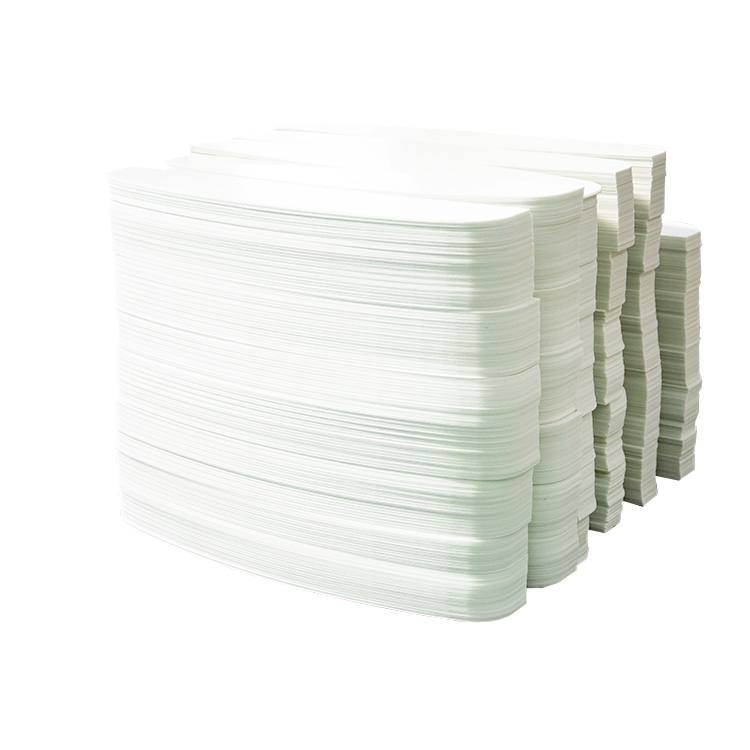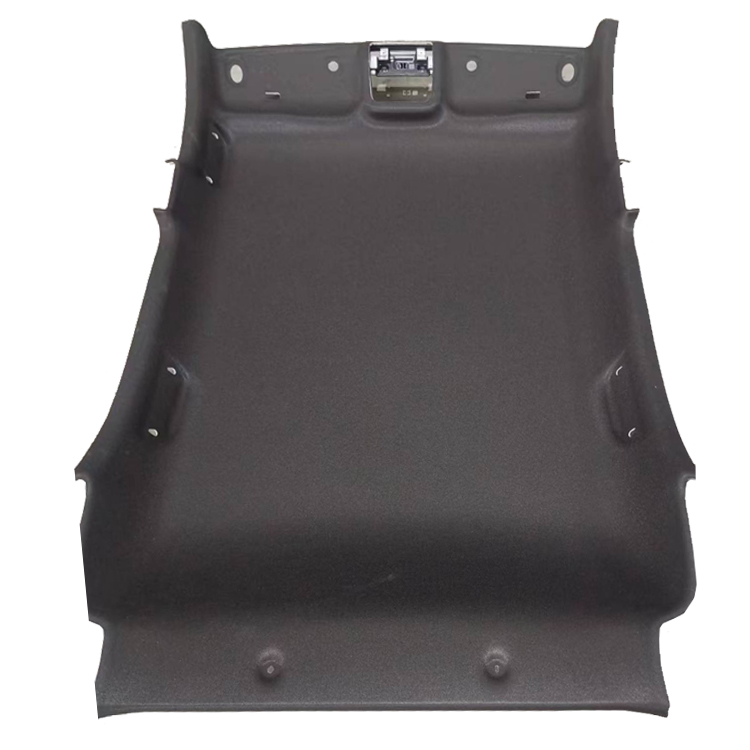About Us
Raw Material Composition of Glass Mat Reinforced Thermoplastics (GMT)
Views : 5
Update time : 2025-07-23 20:09:00
Here is a breakdown of the primary components that constitute Glass Mat Reinforced Thermoplastics (GMT), a composite material prized for its strength and lightweight properties.
1. Reinforcement Material
This component is the primary source of strength in GMT materials, functioning as the structural skeleton.
- Glass Fiber Mat: This is the core reinforcement material in GMT. It is not made of short, single fibers, but rather a non-woven mat produced from long or continuous fibers through processes like needle-punching.
- Continuous Strand Mat: Composed of continuous glass fiber strands laid down in a random, non-directional pattern, this mat provides the highest levels of strength and stiffness.
- Chopped Strand Mat: Made from chopped glass fibers, typically 25-50mm in length, that are randomly distributed and bonded together. This option is more cost-effective and offers better processability.
2. Matrix Resin
The matrix resin envelops and bonds the glass fibers, determining the GMT’s thermal resistance, chemical resistance, processing characteristics, and toughness.
- Polypropylene (PP): This is the most common and mainstream matrix resin. PP is widely used due to its low cost, low density, good chemical resistance, and ease of processing and recycling. It bonds effectively with glass fibers and meets the requirements for a majority of automotive components.
- Other Thermoplastic Resins: While less common, other engineering plastics may be used for applications requiring special properties, such as higher temperature resistance or strength. These can include:
- Polyamide (PA)
- Thermoplastic Polyester (PET/PBT)
3. Additives
Various additives are incorporated during production to improve specific properties or processing characteristics, though they constitute a small percentage of the total composition.
- Coupling Agent: Used to enhance the interfacial bonding between the glass fibers and the resin matrix, which is crucial for improving the macroscopic properties of the composite material.
- Stabilizers: Such as heat stabilizers and antioxidants, are used to prevent material degradation during high-temperature processing and long-term use.
- Pigments: Added to color the material, with black or gray being common.
- Flame Retardants: Incorporated when the material must meet specific fire-resistance standards.
In summary, the most typical raw material combination for GMT is:
- Glass Fiber Mat (Primary)
- Polypropylene Resin (Primary)
- Small amounts of essential chemical additives




